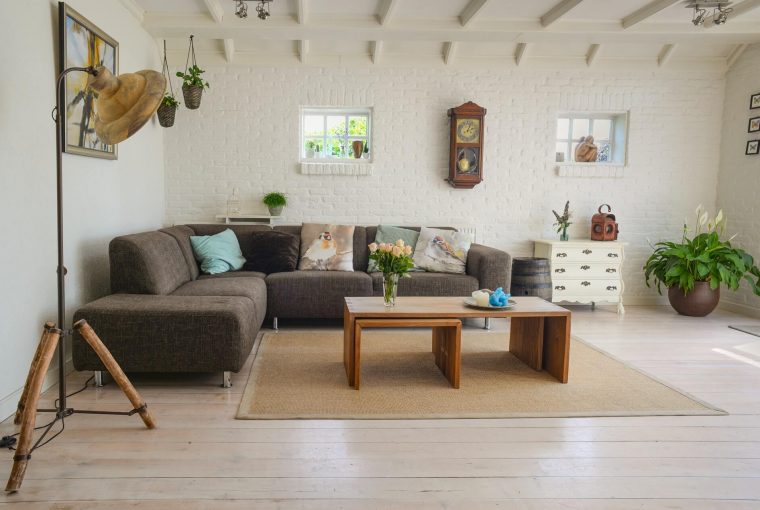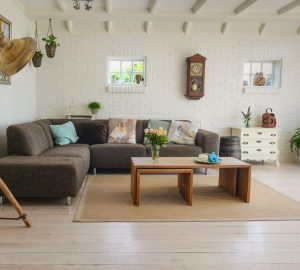Eco-friendly or green interior design focuses on reducing the impact interior design products and furnishings have on the environment, as well as improving indoor air quality.
There are many ways in which interior decorating purchases, such as paints, upholstery and furniture impact the environment. From the materials and chemicals used to make them, to the packaging and shipping required to get them into your home.
While this concern is a widely known, the impact that products can have on the air quality within a home is often something that people are
completely unaware of. With the majority of us spending a large part of our day indoors (whether that is at home or at work) it is crucial that close attention is paid to our surroundings.
Creating an eco-friendly living environment for yourself and your family may seem like a daunting task. However, introducing a few of the following basics next time you decorate can make a vast difference.
Look for products with low VOC content
Volatile Organic Compounds are chemicals that off-gas into the air, which can be harmful to our health in the long term. Paints, carpets and furniture all have the potential to emit VOC into your home, therefore researching products that emit either no VOC or low levels of these chemicals before buying, is advised.
Use energy efficient lighting
Eco-friendly light bulbs save energy and electrical power, preventing the emission of greenhouse gasses and pollutants, which can be harmful to both your health and the environment.
Decorate with natural and organic furniture and upholstery
Opt for furniture made from solid wood, such as oak or maple, whilst trying to avoid woods which are held together by synthetic resins and glues. For upholstery and rugs, choose natural fibres like wool or cotton over man made fibres which may have been treated with synthetic chemicals.



